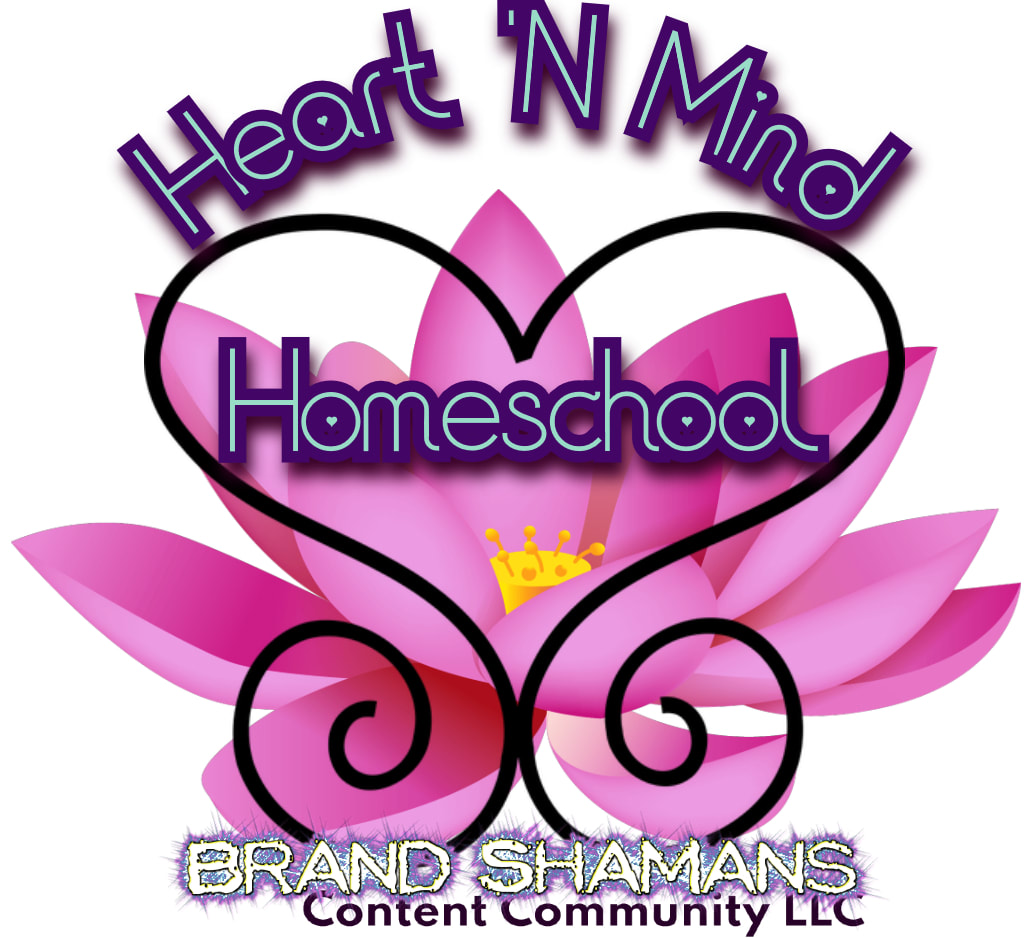|
In a world where creativity meets spirituality, the art of crafting healing jewelry stands is filled with imagination and wellness. As a shamanic guide, homeschool mom, and advocate for holistic living, I'm here to guide you through teaching kids how to create their own pieces of healing jewelry. This activity is not just about crafting; it’s about instilling values of patience, mindfulness, and the healing properties of natural elements.
The Joy of Jewelry Making with Kids: Creative Healing Jewelry making is a delightful way for children to express their creativity while learning about the healing properties of different stones and crystals. It's an opportunity to bond, share stories about each stone’s significance, and nurture a deeper connection with the earth's gifts. Choosing the Right Stones and Crystals for Healing Begin by selecting stones and crystals with known healing properties. Amethyst for calmness, rose quartz for love, and turquoise for protection are great starts. Explain their meanings to the kids and let them feel and choose the ones they resonate with. Simple Techniques for Little Hands: Easy Jewelry Making Methods Opt for simple techniques suited for children. Elastic cord bracelets, beaded necklaces, and simple wire wrapping are great starting points. Ensure that the tools and materials are kid-friendly and safe. Incorporating Healing Intentions In Each Piece As you craft, discuss the importance of intentions. Encourage kids to think about what they want the jewelry to represent – perhaps a charm for courage at school or a peaceful amulet for bedtime. Safety First: Kid-Friendly Crafting Safety is paramount. Use non-toxic materials and age-appropriate tools. Supervise closely, especially when working with small beads or tools. Making It Fun and Educational By Combining Learning with Play Turn jewelry making into a fun learning experience. Introduce basic color theory, discuss the geological formation of crystals, or incorporate stories and traditional meanings related to the stones. Conclusion: Teaching kids to create healing jewelry is an enriching experience that combines art, spirituality, and education. It's a journey that not only results in beautiful pieces of jewelry but also imparts lessons of healing, creativity, and connection to nature. Start this magical journey today! Gather your materials, sit down with the little ones, and embark on a creative adventure that crafts more than just jewelry – it crafts lasting memories and valuable life lessons. Disclaimer: The healing properties of crystals and stones are for informational purposes only. Your results may vary. Always prioritize safety and supervision in crafting activities with children.
0 Comments
Enjoy a comprehensive Kindergarten homeschooling journey with our month-by-month lesson plan outline! From language arts to math, science to art, explore a diverse curriculum designed to foster holistic growth and learning in your child.
Month 1: Introduction to Kindergarten Learning Language Arts:
Language Arts:
Language Arts:
Language Arts:
Language Arts:
Language Arts:
Language Arts:
Language Arts:
Language Arts:
Language Arts:
Language Arts:
Language Arts:
Here is a 12 month homeschool lesson plan outline for pre-k (preschool) aged learners. This lesson plan includes a week by week and month by month format and is designed to give parents a reference point when planning daily lessons and activities. You may also choose to write an entire curriculum, using this as your guide. This lesson plan is not intended to be used for commercial purposes. You may use it for personal reasons in order to homeschool your children. Teachers may also utilize this in traditional schools if permitted.
Month 1: Introduction to Learning Week 1: All About Me
Month 2: Exploring Our World Week 1: Transportation
Week 2: Countries and Cultures
Week 3: Land, Water, and Air
Week 4: Our Community
Month 3: Early Literacy and Numeracy Week 1: Letters E-H
Week 2: Rhyming Words
Week 3: Numbers 6-10
Week 4: Story Time and Imagination
Month 4: Exploring Nature and Animals Week 1: Outdoor Adventures
Month 5: Creative Exploration Week 1: Colors and Emotions
Month 6: Nature and Seasons Week 1: Springtime
Month 7: Exploring Science and the World Week 1: Outer Space
Month 8: Exploring Our World Further Week 1: Farms and Animals
Month 9: Creative Arts and Expression Week 1: Music and Rhythm
Month 10: Our Amazing World Week 1: Exploring Habitats
Month 11: People and Their Jobs Week 1: Community Helpers
Month 12: Reflecting and Looking Ahead Week 1: Looking Back
Here is a 12 month homeschool lesson plan outline for pre-k (preschool) aged learners. This lesson plan includes a week by week and month by month format and is designed to give parents a reference point when planning daily lessons and activities. You may also choose to write an entire curriculum, using this as your guide. This lesson plan is not intended to be used for commercial purposes. You may use it for personal reasons in order to homeschool your children. Teachers may also utilize this in traditional schools if permitted. Does your child know his neighborhood well? Not just the street you live on, but knowledge of the entire neighborhood is important. If your child ever gets lost, he should know how to get home. Neighborhood knowledge is essential for kids of all ages, but is usually taught in Kindergarten. Use this free homeschool lesson to teach your child all about his neighborhood.
Teach your child his address. This and the phone number are extremely important for your child to know. Not only is it the first step in learning about the neighborhood, but it will also be helpful if your child ever gets lost. I like to use songs to teach the kids their address. Make up a catchy tune that goes along well with the sound of your home address. Sing it to your child and have him sing along too. Also have your child practice writing down the address on paper. Take walks often. This is a simple, but useful way of teaching your child about the neighborhood. Getting around by foot and by car are two different things. Your child can become more familiar with the area, including parts that can only be seen by walking. This provides a good visual for map-making and studying. Don't forget to collect things from nature on the walk that you can use in other school projects. Show them where the police and fire stations are located. Your child needs to learn where these important destinations are located. Even if your child is young, there may be a time when he needs the information. A child may get lost, kidnapped, or have another emergency. Knowing where these are located can help him in many situations. Make a simple map. Draw a simple map of your neighborhood, making sure to include your house, anything surrounding it, and any landmarks, such as a fire station, library, museum, and stores. Have your child study the map. You can point out certain things as well as have him point out certain things to you. Talk about how to get to each place and have him tell you directions as well. Let the child make his own map after the above activities. Use home, stores, and trusted neighbors as safe havens. Talk to your child about strangers and where they can go if they are in danger. Young children should always be with an adult. But emergencies can happen and they need to know what to do. Talk to your child about specific scenarios and locations and give them a breakdown about which places are safe to go in each situation. For instance, while the home is generally a safe haven, if there's an emergency and you are injured or cannot help, there should be a trusted nearby neighbor, store, or police station the child can go to. |
Heart 'N Mind Homeschool
Archives
June 2024
Categories
All
|
- Brand Shamans
- Brand Healing
- Inner Healing
-
INTENT-SIVE NATURE
- Content & Brand Elevation
- Healing Jewelry & Talismans
- Bath, Beauty, & Self-Care
- Healing Sessions
- Rituals, Herbs, & Altar Supplies
- Gawwwdess Baby Boutique
- Soul Flame Gifts
- Yoga & Meditation
- Books & Media
- Education & Homeschool Resources
- Home, RV, & Decor
- Clothing
- Pets
- Custom Orders
- Monthly Subscription Boxes
- October Festivals
- FLOW-Key Parenting
- About & Contact
- RV, Nature, & Travel Shamans
- Souls Within
- Life & Home
- Heart 'N Mind Homeschool
- The Homeschooling Mommy
- Books & Authors
- Speak Up!
- Pawsitive Pet Parenting
- Manifesterz
- Gifts In Minutes
- Brand Shamans
- Brand Healing
- Inner Healing
-
INTENT-SIVE NATURE
- Content & Brand Elevation
- Healing Jewelry & Talismans
- Bath, Beauty, & Self-Care
- Healing Sessions
- Rituals, Herbs, & Altar Supplies
- Gawwwdess Baby Boutique
- Soul Flame Gifts
- Yoga & Meditation
- Books & Media
- Education & Homeschool Resources
- Home, RV, & Decor
- Clothing
- Pets
- Custom Orders
- Monthly Subscription Boxes
- October Festivals
- FLOW-Key Parenting
- About & Contact
- RV, Nature, & Travel Shamans
- Souls Within
- Life & Home
- Heart 'N Mind Homeschool
- The Homeschooling Mommy
- Books & Authors
- Speak Up!
- Pawsitive Pet Parenting
- Manifesterz
- Gifts In Minutes

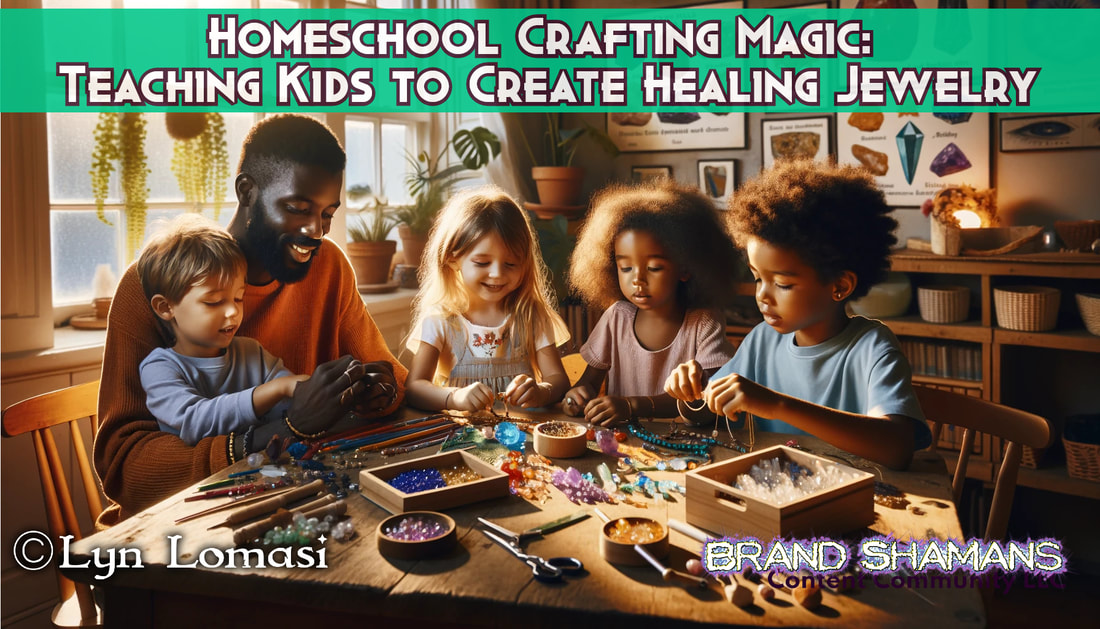
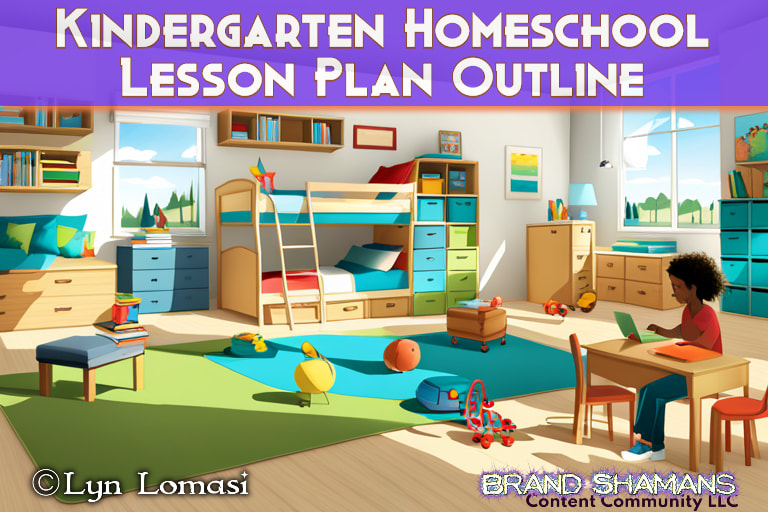
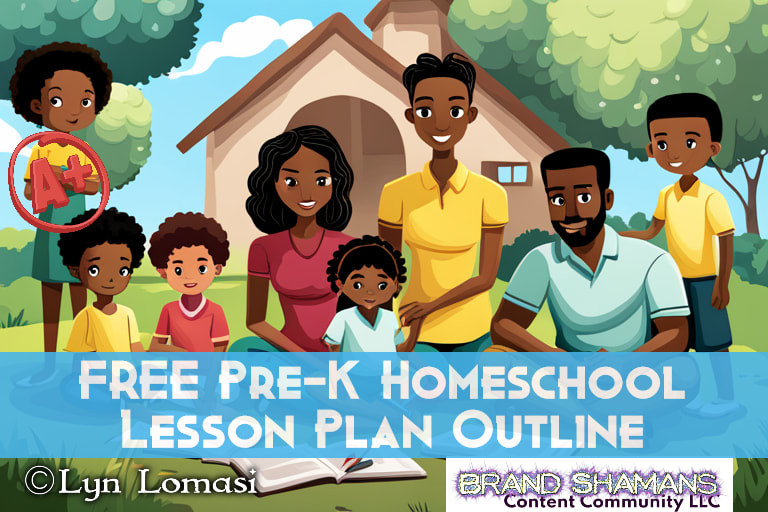
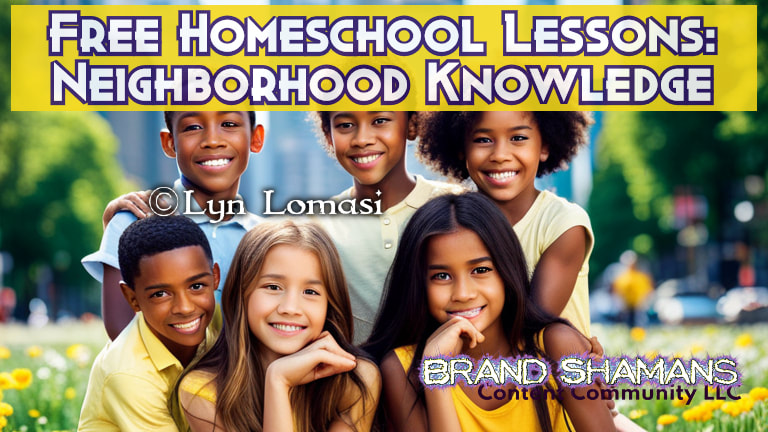
 RSS Feed
RSS Feed
